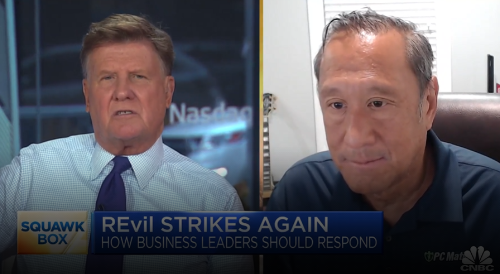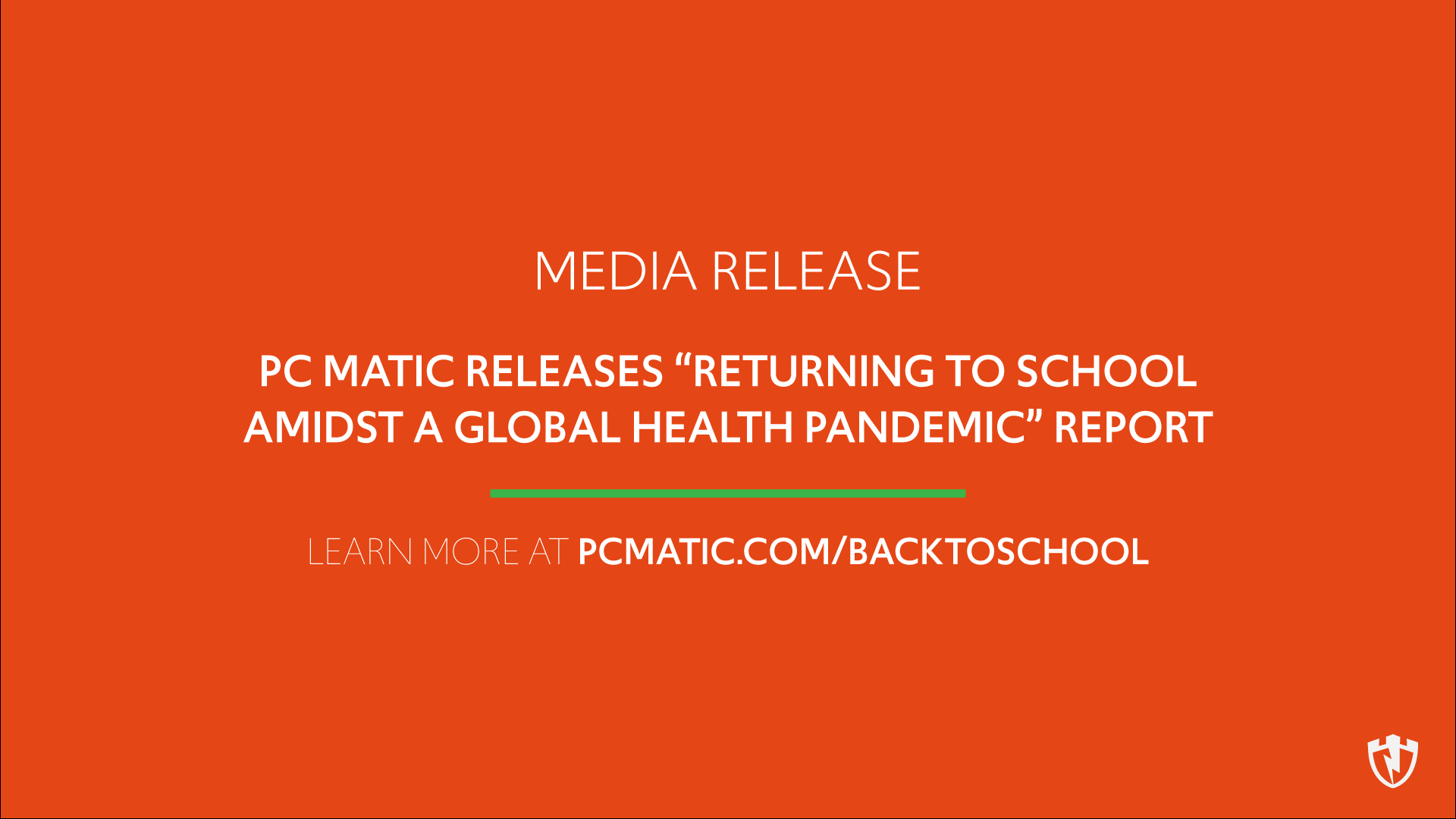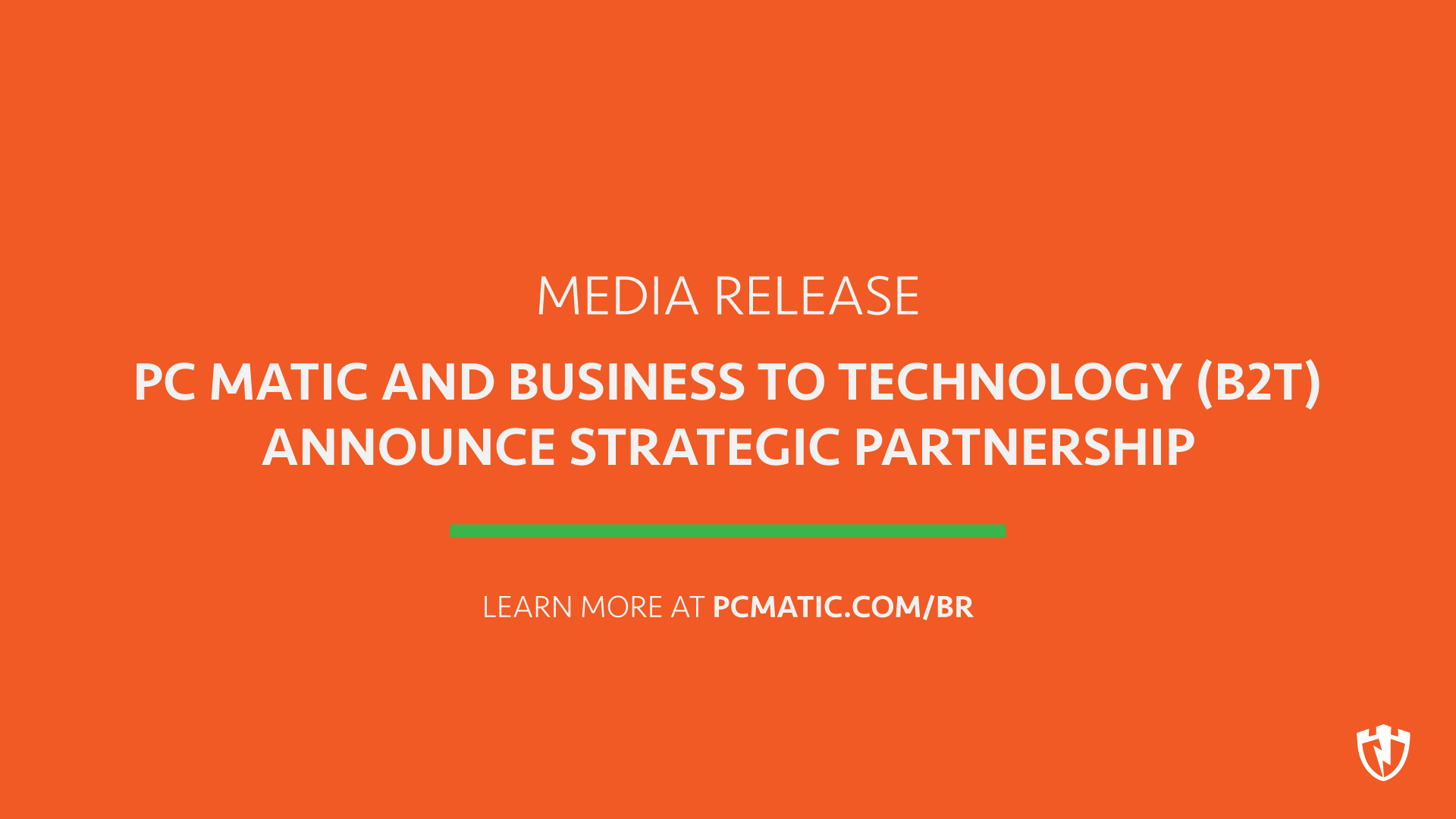As ransomware threats continue to rise, PC Matic founder and CEO, Rob Cheng, shared his thoughts on the increased likelihood of healthcare facilities falling victim.
Increased Technology, Increased Vulnerability
Healthcare facilities have become increasingly technical. From the way patient files are stored to the ways medical procedures are done, technology plays a significant role. Unfortunately, this means increased maintenance required. Without the proper upkeep and security in place, healthcare facilities are at a greater risk of falling victim to cyber crime. The reality is, if that happens, network outages can last for months at a time costing organizations millions in lost revenues and recovery efforts.
“Absolute best protection…” – Rob Cheng
In a recent article, Could allowlisting reduce the impact of ransomware, cyberattacks on healthcare? in SC Magazine, Rob Cheng states allowlisting, also known as application whitelisting,
“…is the absolute best protection against ransomware and other malware such as keyloggers, zero-days, and advanced persistent threats,” said Cheng. “For example, if the ransomware is embedded in an email, and an employee clicks on the attachment, before the ransomware runs, the allowlist blocks the ransomware before any damage is done.”
NIST Approved
Understandably, this default-deny approach can have drawbacks. However, the concern of false positives, high maintenance requirements, and friction with other cybersecurity solutions has been resolved. Allowlisting, as recommended by the National Institute of Standards and Technology (NIST) can reduce the risk of a cyber attack. So much so, that if executed properly, Cheng believes the risk factor is reduced by a factor of ten.
To read the full article by Jessica Davis, and to hear more on Rob Cheng’s thoughts about allowlisting, click here.
To read the whitepaper on PC Matic’s application whitelisting technology and HIPPA compliance, you may click here.




